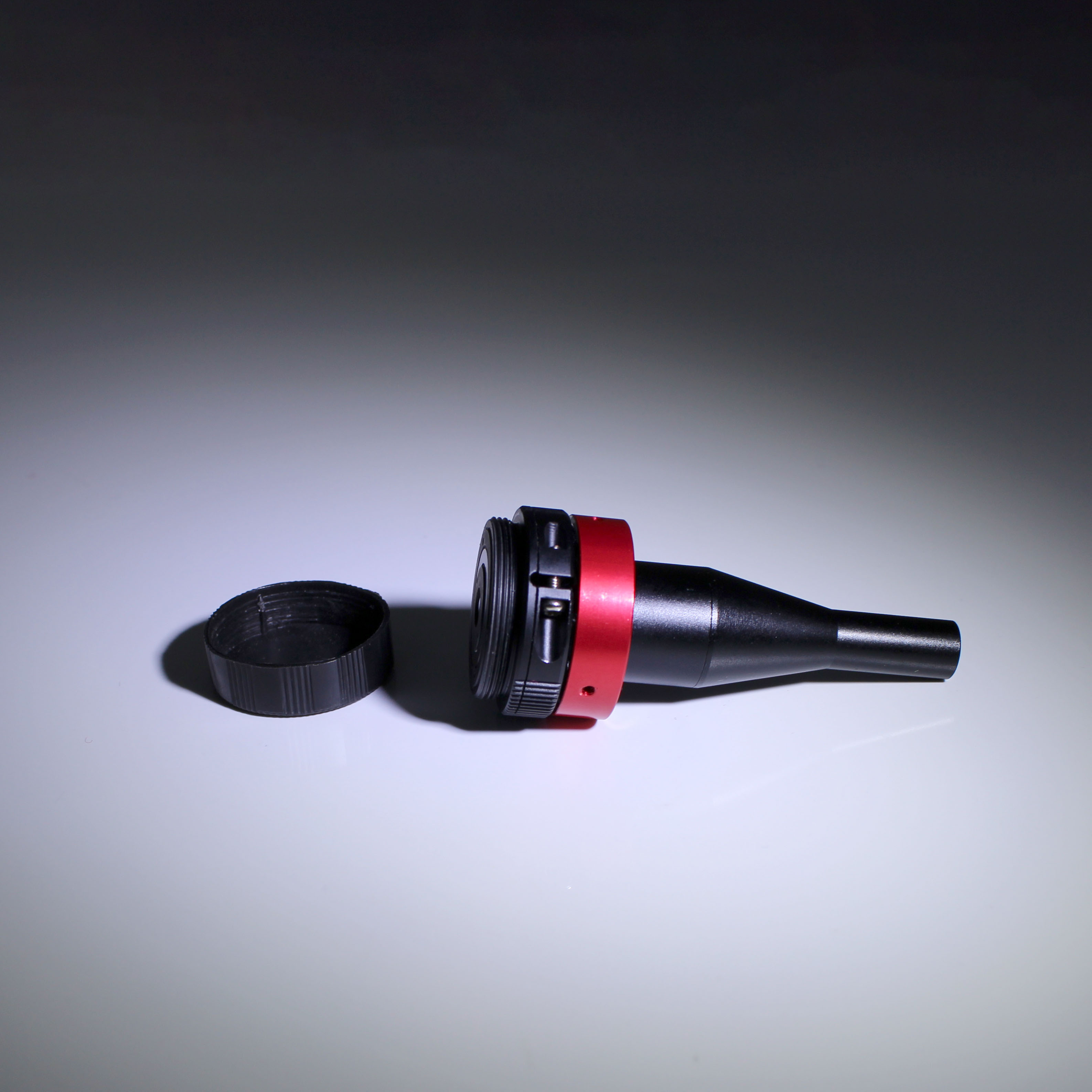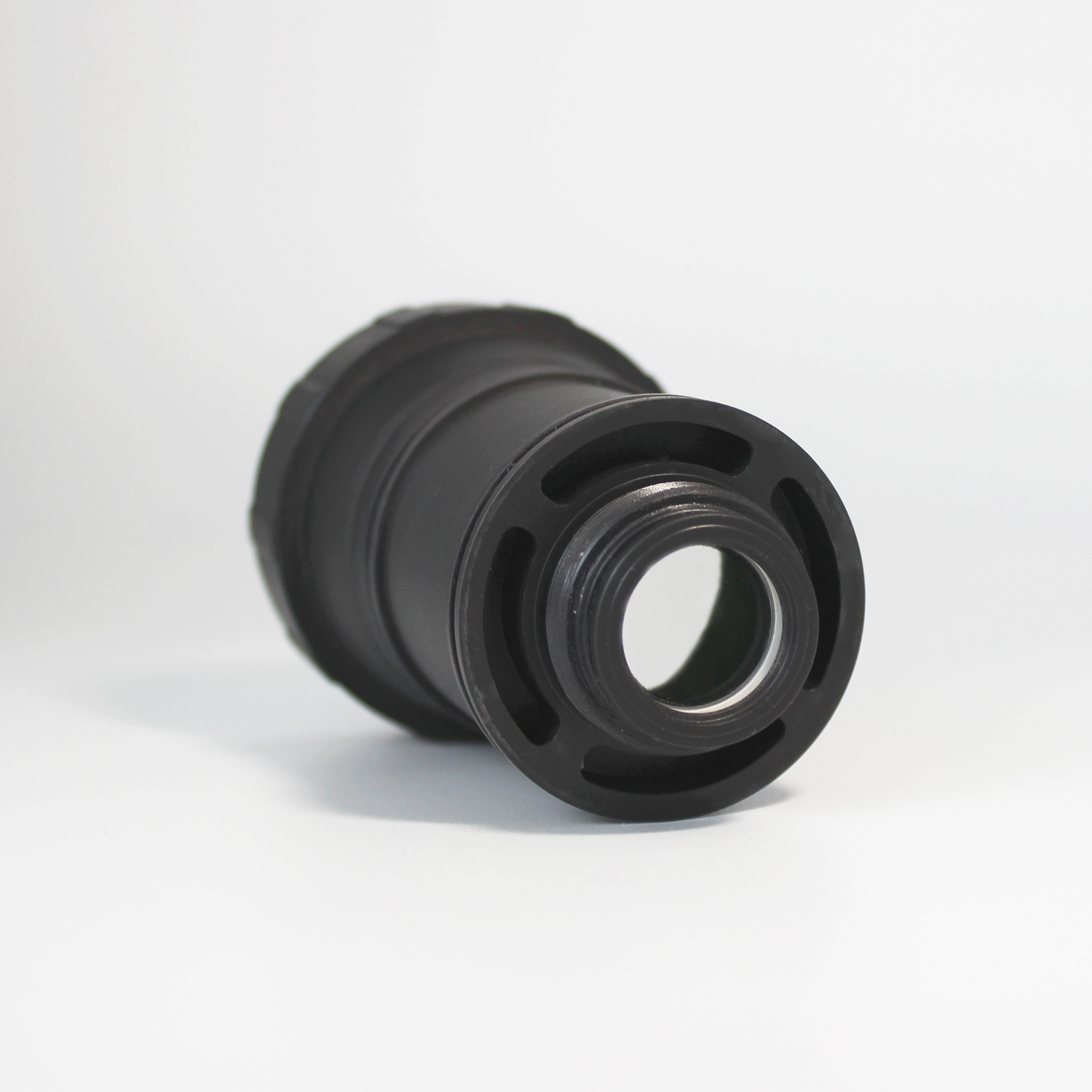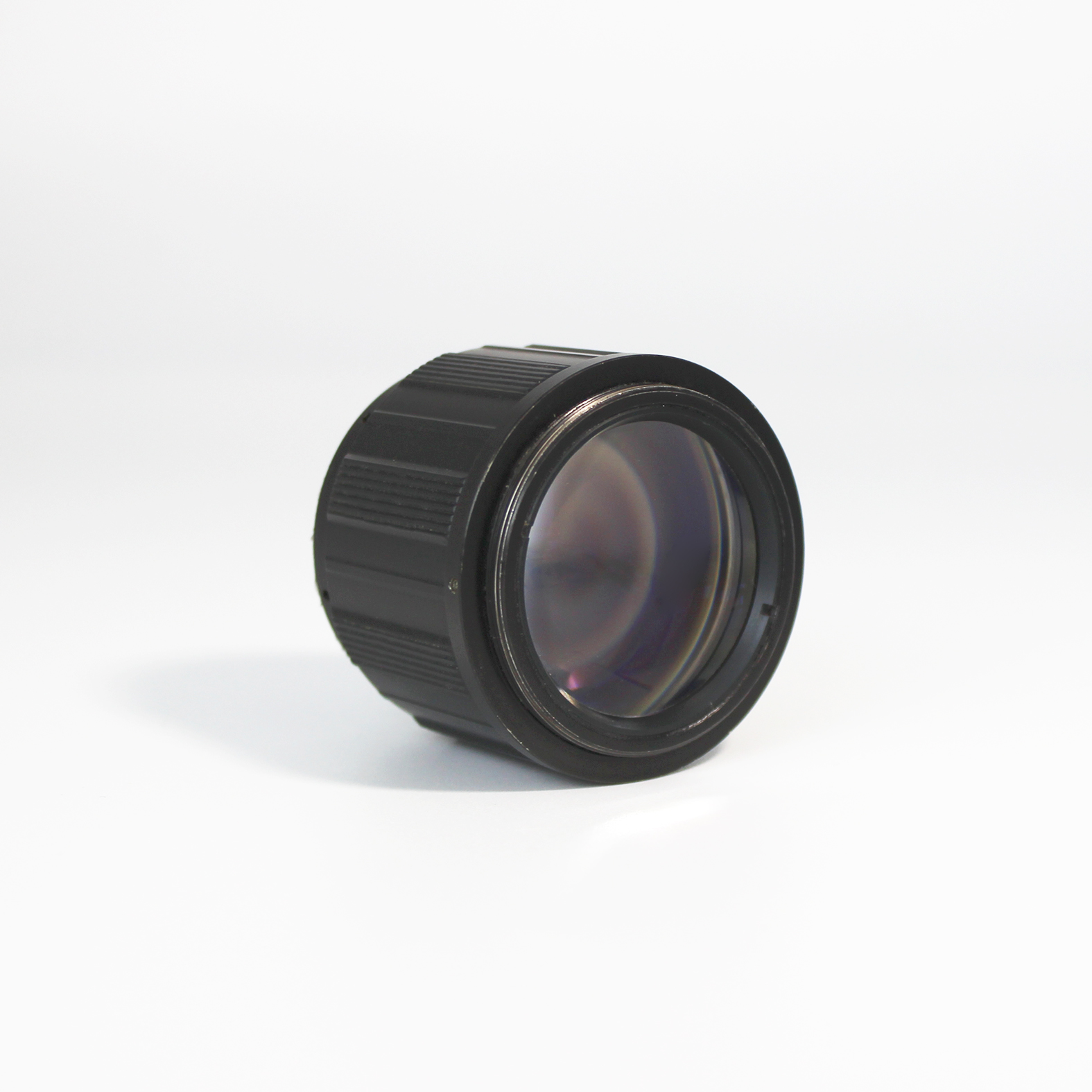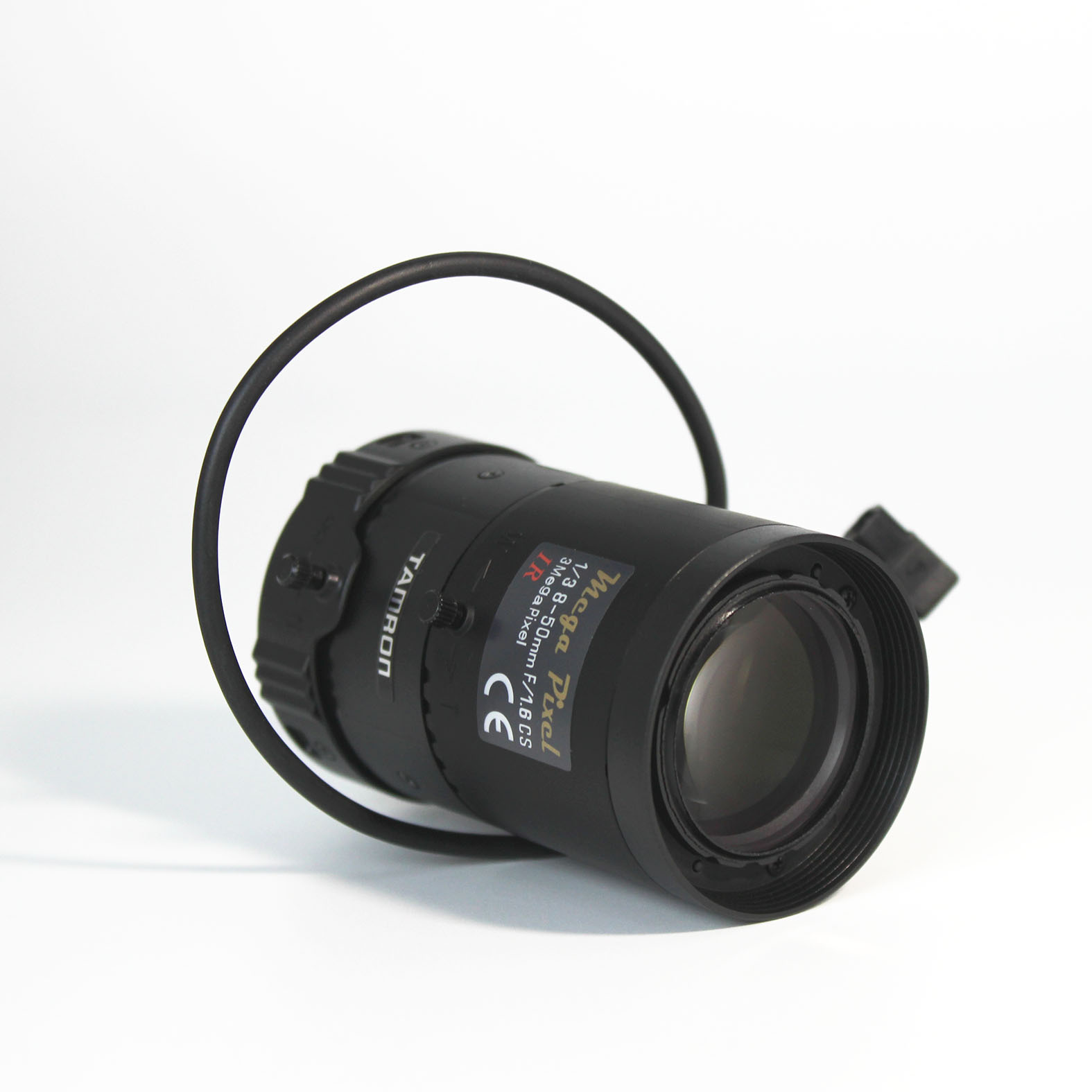What is the difference between infrared lens and low-light night vision lens?
Let's start with a little background. Our eyes see reflected light. Daylight cameras, night vision devices, and the human eye all work on the same basic principle: visible light energy hits something and reflect it, a detector then receives it and turns it into an image.
Whether an eyeball, or in a camera, these detectors must receive enough light or they can’t make an image. Obviously, there isn’t any sunlight to bounce off anything at night, so they’re limited to the light provided by starlight, moonlight and artificial lights. If there isn’t enough, they won’t do much to help you see.
Thermal infrared night vision lens and low-light night vision device that VY Optics produced help you achieve you to see things in dark environment.
1. Features of low-light night vision lens and infrared night vision lens
1) Low-light night vision lens:
- Work in a passive way, not easily exposed;
- Observed distance can be longer;
- Small size and light weight;
- Natural conditions such as clouds, fog, stars and moonlight have a great impact on low-light night vision lens;
- Weak ability to detect guise

2) Infrared night vision lens (thermal infrared lens, passive infrared lens)
- Passive work is not easy to be discovered and disturbed, enabling all-weather observation (can also be used in the dark);
- Long operating distance, not affected by strong light;
- Have good ability to identify camouflage;
- The image is not clear enough and the ability to distinguish details is weak;
- Large size and weight, complex structure and high cost;
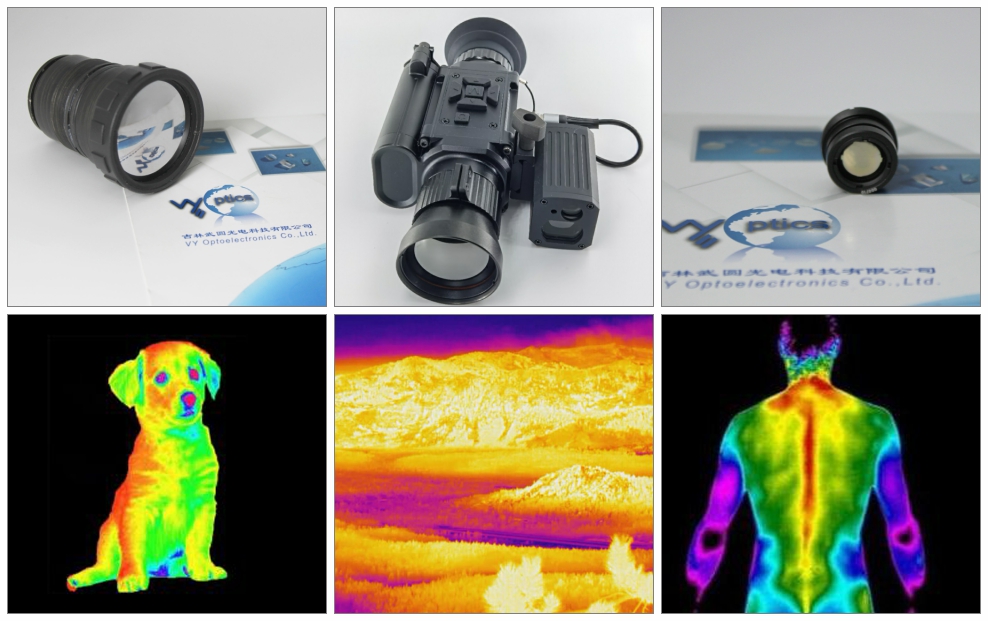
2. Differences between low-light night vision lens and infrared night vision lens
1) Different lens materials
- The low-light lens is transparent and you can see the scene through the lens;
- The substrate of infrared lens usually is germanium, which is relatively soft and needs to be coated with a hard coating, so the eyes cannot see through it when viewing.
2) The environment is different
- The low-light lens must have a certain amount of light, such as starlight, otherwise the lens cannot capture images.
- The infrared lens can be used in all dark conditions.
3)Low light lens and infrared lens use: both the low-light lens and the infrared lens are connected to the camera at the rear.
- The low-light lens is connected to the low-light solid-state movement.
- The infrared lens is connected to the infrared movement to form an image, which can then be observed by the human eye through the display.
4)Detection:
- Night vision detects visible light, while infrared detects radiated heat.
5) Performance:
- Infrared thermal cameras perform better at night because the ambient temperature is lower.
6) Environment:
- Night vision is often used by military troops, law enforcement, and hunters.
- Infrared technology is used in security cameras, surveillance systems, and firefighting.
6) Object detection:
- Infrared cameras are better at spotting and tracing objects.
7) Countermeasures:
- Night vision can be counteracted by bright light, while infrared can be counteracted by cooling.
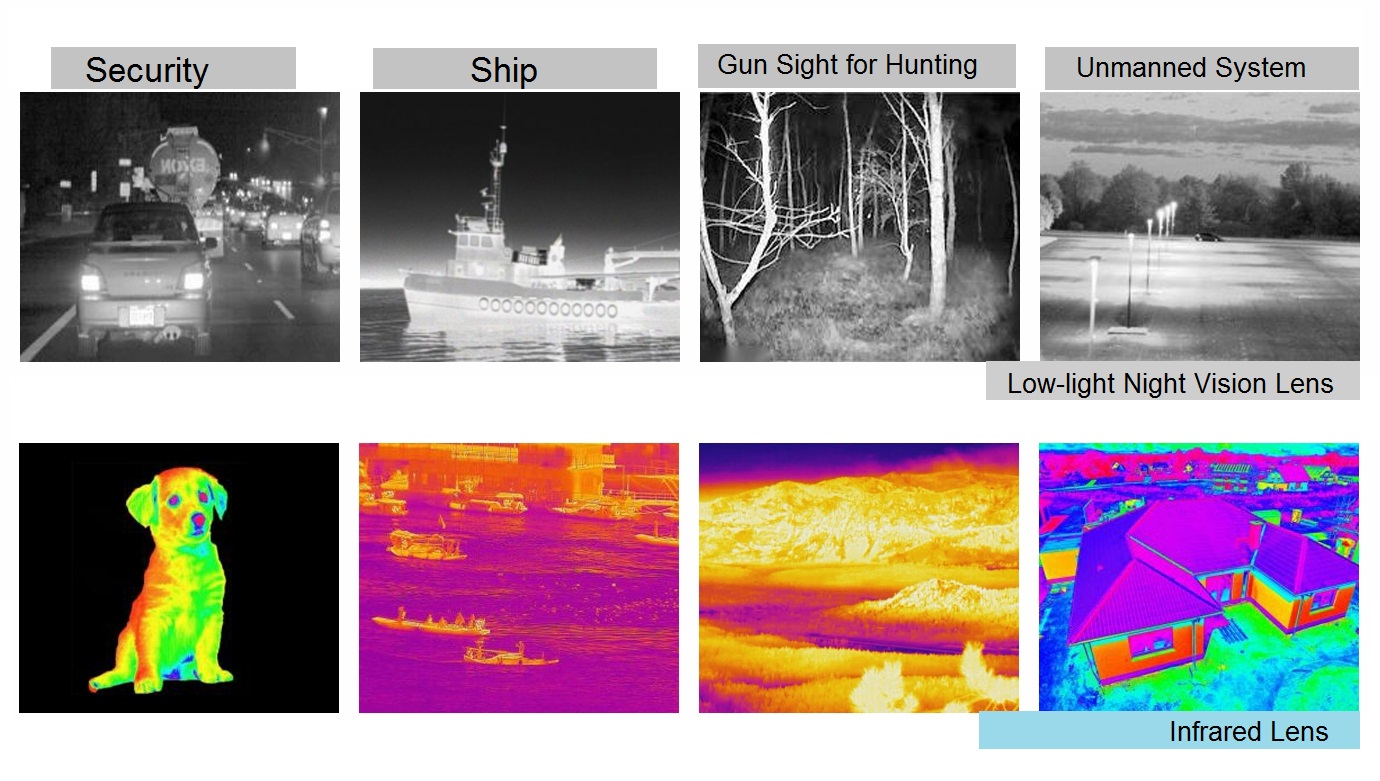
Why not contacting us immediately for a professional solution? We'll provide you a specialized suggestion on the device you'll need at the special conditions.

